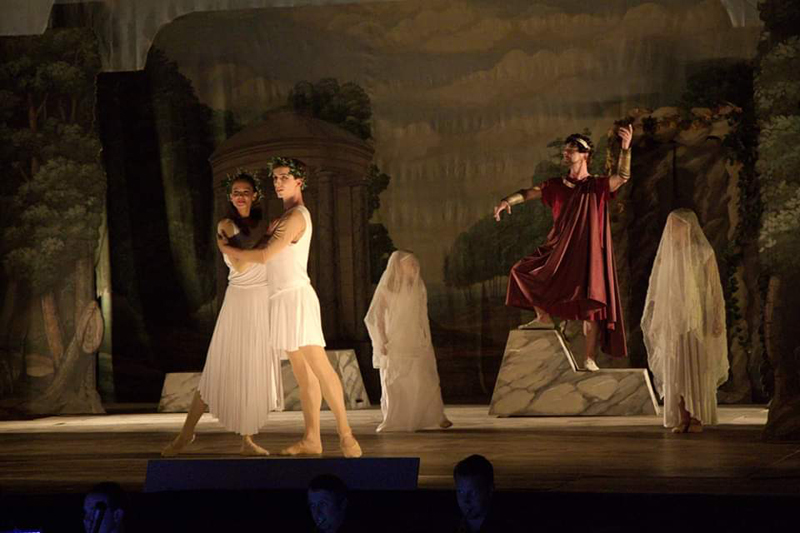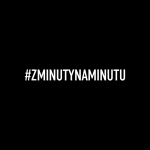The celebration of Beethoven’s 250th birthday haven’t quite ended. On July 18th, 2020, the Musica Florea orchestra and the Hartig Ensemble dance company will join forces to present a revived premiere of Beethoven’s only ballet The Creatures of Prometheus.
The Creatures of Prometheus, op. 43 is the first longform theatrical work by Ludwig van Beethoven, an allegorical ballet which premiered in 1801 at the Burgtheater in Vienna. It enjoyed considerable success with almost 30 performances in its first season, quite an accomplishment at the time.
The ballet tells the story of Prometheus and the first people, whom he created as clay statues and brought to life through fire he stole from Zeus. The beings, however, did not have human emotions and, in his initial terror, Prometheus desperately wanted to destroy them. In the end, he had a divine insight and led them to Parnassus, where they transformed into real human beings through the power of art and an initiation ritual.
“This ballet is full of humanist ideals,” says choreographer and director professor Helena Kazárová, Ph.D. “We don’t exactly know from where Beethoven drew his narrative inspiration, the closest match is a fragment from a poem by J. W. Goethe from 1773.”
Structurally, the ballet consists of an overture which goes straight into an introduction (La Tempesta – The Storm) followed by 16 musical numbers. The theme from the overture first appeared in Beethoven’s Symphony No. 1 while the theme from the finale (No. 16) appeared later, in the last movement of his Symphony No. 3(Eroica.)
The choreographer for the premiere production was dancer and choreographer Salvatore Viganò, Beethoven’s contemporary, who was one of the most admired men in Europe during his lifetime. Viganò worked off of an Italian libretto which, however, did not survive. Professor Kazárová had to reconstruct the production, therefore, through careful study of the available sources.
“Only the brief content of individual numbers survived, on a theater announcement from the premiere. This is the source used by Viganò’s biographer Carlo Ritorni and then Friedrich Rust draws from it in Neue Berliner Musikzeitung (45. Jahrgang, 1891). Since this source seems the most reliable, I used it as my starting point as well,” the director and choreographer explains.
Musica Florea and the Hartig Ensemble premiered Beethoven’s ballet four years ago. This year’s performance will be a revival. “The reason we decided to bring back this ballet has to do with Beethoven’s 250th anniversary, of course. Besides that I, personally, wanted to return to this work because it is only rarely performed in concert but also isn’t really complete without its theatrical element. Only as a ballet is the piece fully comprehensible,” says Marek Štryncl, conductor and artistic director of Musica Florea, which is known for performing historically informed interpretations (including the use of original instruments and tuning) of Romantic repertoire.
Creatures of Prometheus will appear on the mobile Baroque theater Florea Theatrum in the courtyard of Prague’s Academy of Music. Jiří Bláha and Václav Krajec created the sets and costumes are by Roman Šolc. The title roles are danced by members of the Hartig Ensemble and guests – Václav Janeček (Prometheus) and Radka and Adam Zvonař (the Creatures).
The ballet will be preceded by a dramaturgical talk at 8pm, led by director and choreographer Helena Kazárová, which will acquaint the audience with Beethoven’s ballet as well as the issue of historically informed interpretation.
July 18th 2020 at 9:00pm, the Florea Theatrum Baroque theater, Courtyard of the Academy of Performing Arts, Prague 1
Program:
Ludwig van Beethoven: Creatures of Prometheus
Director and Choreographer: Helena Kazárová
Dramaturg, reconstruction of libretto: Helena Kazárová
Conductor: Marek Štryncl
Costumes: Roman Šolc
Sets: Jiří Bláha a Václav Krajc
The Hartig Ensemble and Guests:
Václav Janeček (Prometheus), Radka and Adam Zvonař (Prometheus’ Creatures), Ladislav Beneš (Pan), Krištof Šimek (Apollo), Michaela Bartlová, Barbora Fišerová, Ida Fišerová, Anna Slaninová (Muses), Veronika Brzková (Minerva, follower of Bacchus), Miroslav Stehlík (Mars, Bacchus).
The Musica Florea Orchestra




